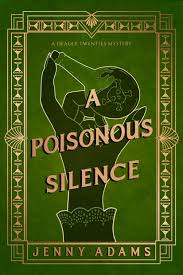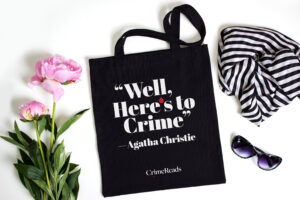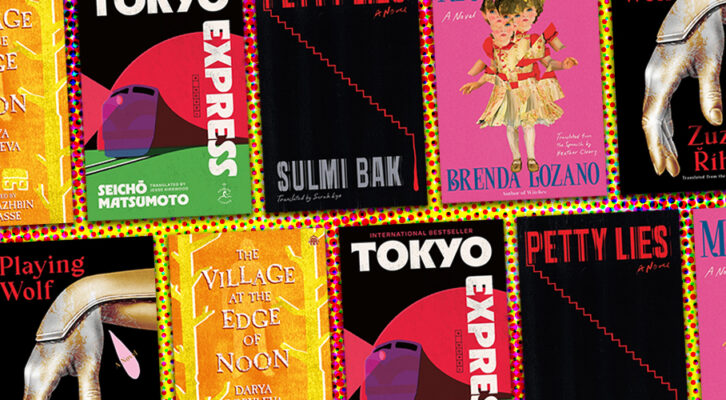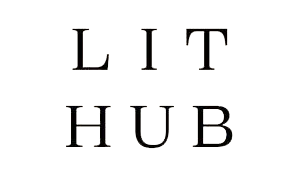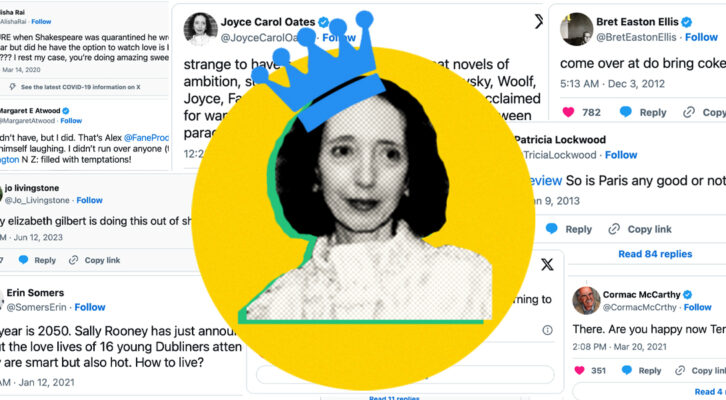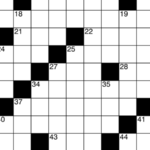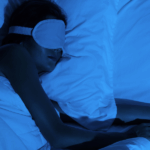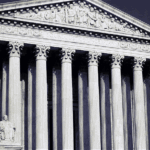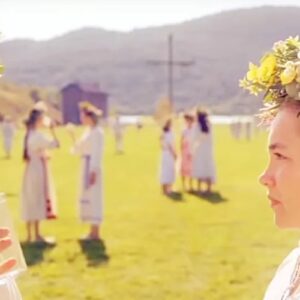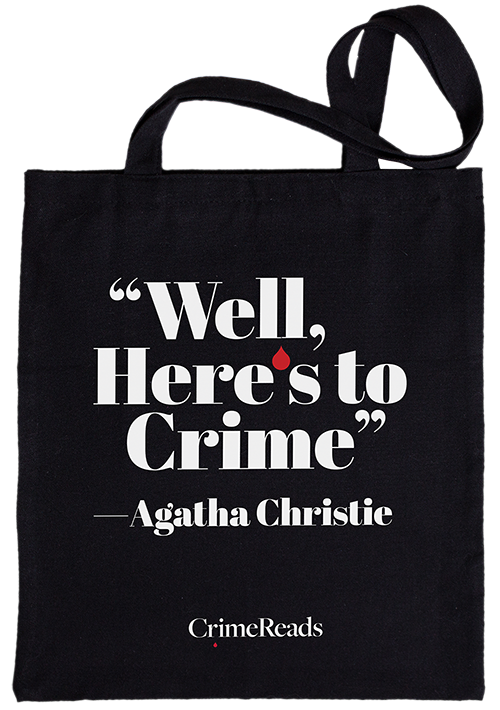For as long as I can remember, I’ve been fascinated by the 1920s. Especially in the United States, the images of the Roaring Twenties loom larger than life: the speakeasies, the gangsters, the flappers. The Great Migration, the Harlem Renaissance, and the Lost Generation. Even a century after Gatsby pined for Daisy, readers (and writers) return to that decade time and time again.
It’s easy to spot the decade’s influence on our work. After all, mysteries as we know and love them roared to life during the 1920s: Agatha Christie and Dorothy Sayers and Dashiell Hammet set the standards for the genre. And even as the glitter of the 1920s faded into the Depression and the Second World War, authors like myself have returned to the decade, drawn by the speakeasies and fashion, by the rapid modernization and changing society norms.
Historically speaking, the decade is rife for inspiration. One of my favorite aspects of crime fiction is the exploration of why people choose to step outside of the law – and whether or not they choose to uphold their own internal moral lines. All across the genre, from cozies to hard-boiled noirs, we see characters wrestling with questions of what is just, what is moral, what is right, and what is lawful – and often, the best stories come when the answers to those questions are at odds with each other. Add in a society where millions have experienced war and a deadly pandemic, morals have been legislated, and normally law-abiding people start breaking a law they think is unjust…the possibilities for fiction are endless. In reality, ordinary people attended illegal speakeasies and cops looked the other way. Organized crime flourished, and other boundaries of society began to be pushed. If you were willing to drink illegal booze…what else would you do? Perhaps you’d mix with a variety of people you wouldn’t normally meet: people of different races, economic classes, genders, and sexualities. Perhaps you’d realize things about yourself you never thought to reflect on. Perhaps you’d find yourself in conflict with others.
Perhaps you’d find yourself crossing lines you’d never thought to cross.
In many ways, our current moment in time mirrors a century ago in so many ways: a society emerged from pandemic, deep economic uncertainty and stratification, attacks on women’s rights, debates over immigration, and rising facism. Those parallels fascinated me, and I wanted to explore them more deeply in my Deadly Twenties series, which is set in 1921 Philadelphia. My two main characters, Edie Shippen, an heiress plagued by chronic migraines and determined to become a “modern” woman, and Gilbert Lawless, a shell-shocked coroner’s assistant, find their worlds colliding in A Deadly Endeavor, the first book in the series. Edie and Gil are from very different worlds, and I was able to use the wrappings of mystery to explore disability, class, and wealth. In the second, A Poisonous Silence, I was able to dive more deeply into more parallels in our current time–most intentionally, gender, race, and sexuality. Edie (who has been bisexual from the moment she first appeared in my brain), deals with her feelings for her friend and film star Ava on the page, while Gilbert answers the questions of a young, transgender boxer (inspired by the real-life Whistling Jack McConnell), and reflects on his privilege as compared to his colleague Dr. Harrison, the first Black doctor on his team.
Of course, Prohibition and the Great Migration were uniquely American experiences, but other places experienced their own version of the roaring ‘20s. In Europe, an entire generation of young men were killed, maimed, or haunted by war, while women found themselves losing the independence they’d gained while the men were fighting. Colonialism left deep scars on Asia and Africa. The entire world was in flux, grappling with questions of power and justice
–and all of this makes for excellent fiction.
I’m lucky enough to be in a cohort of other brilliant crime writers diving into the same history, and drawing the same parallels between our current moment and a century ago, especially in regards to class, sexuality, and gender. Here are some of my favorites:
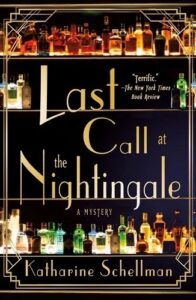
The Nightingale Mysteries, by Katharine Schellman: Vivian Kelly is a working class seamstress who becomes embroiled in a series of mysteries when a dead body is discovered outside of her favorite nightclub, the Nightingale. These mysteries are queer and lively, and full of so much heart. I’m really looking forward to the last book in the series, Last Dance Before Dawn, which is out this month!

The Harlem Renaissance Mysteries, by Nekesa Afia: Lou remains one of my favorite protagonists. She’s messy and brilliant and utterly human. Afia’s mysteries take us from the speakeasies of Harlem to the glittering streets of Paris, and dive deep into the Black and queer experience in the 1920s. They are excellent, character-driven mysteries, and I am eagerly awaiting Lou’s fourth mystery!
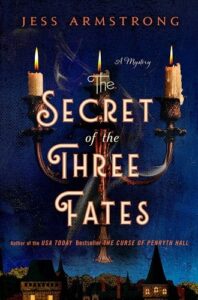
The Ruby Vaughn Mysteries, by Jess Armstrong: Ruby is a protagonist cut from the same cloth as my own Edie – a plucky bisexual American heiress who finds herself solving mysteries with the handsome and mysterious Ruan Kivell. I am legitimately obsessed with these books, set in 1921 England, which mix mystery with romance and the exact right touch of the supernatural. Currently, there are two books – The Curse of Penryth Hall and The Secret of the Three Fates, and the third is due out this autumn.
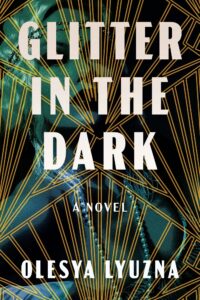
Glitter in the Dark, by Olesya Lyuzna: Ginny Dugan is a plucky young advice columnist with big aspirations…and ends up in big trouble when she witnesses a kidnapping in an illegal speakeasy. She finds herself at the center of a conspiracy threatening everything she holds most dear. This debut is sexy and twisty and incredibly atmospheric. I couldn’t put it down! I am hoping that this develops into a series!
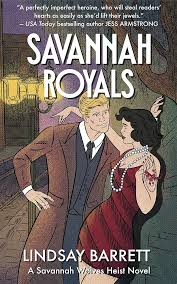
Savannah Royals, Lindsay Barrett: Okay this one is technically a romance, but it centers around a heist so I’m counting it as crime fiction. Kat is a young conwoman in a tumultuous relationship with the leader of her gang in 1919 Savannah, and makes the ultimate mistake of falling for her mark. It’s the perfect blend of spicy historical romance and crime fiction – I would like to live in the center of this Venn Diagram forever, please.
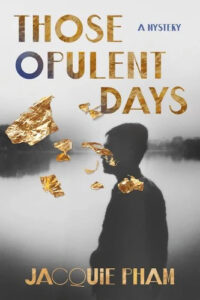
Those Opulent Days, Jacquie Pham: Oh, how I loved this book! It’s a fascinating look at 1928 Vietnam, and follows four wealthy friends…one of whom ends up dead. Through the lens of a murder mystery, Pham examines power structures, colonialism, and complicity. It’s a book that will stay with me for a long, long time.
***
All of these books–despite their varied settings–take a look beyond the gangsters and hard-nosed detectives, centering voices that are queer, disabled, or of color. It’s an exciting time to be writing books set in the 1920s, and, in my opinion, an even better time to be reading them.
*


